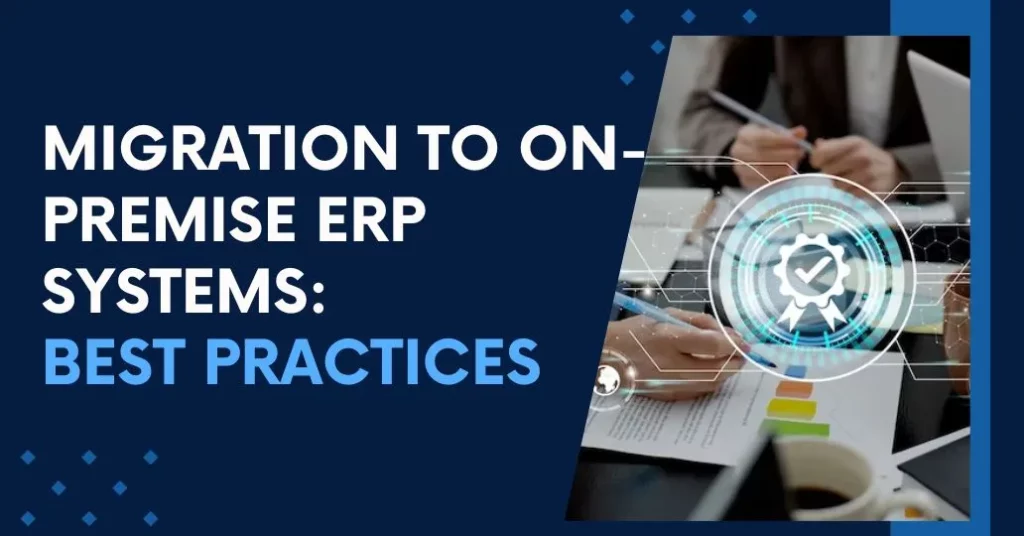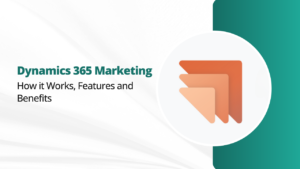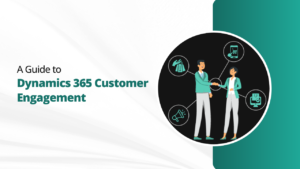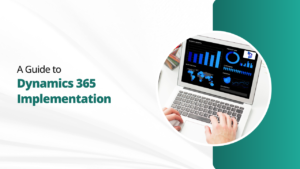In the dynamic realm of modern business technology, companies stand at a pivotal juncture when it comes to ERP systems. While the digital era ushers in new possibilities, it also brings forth new challenges. Companies now face the pressing need to balance innovation, data security, and compliance in ERP systems. A vital choice that surfaces is the decision to migrate to on premise ERP systems. But, as with any transformation, the path to success is paved with critical decisions and meticulous planning.
This article navigates the best strategies for a smooth transition to on premise ERP from the legacy system. Here, you will find insights, strategies, and best practices to make the move to on premise ERP systems seamless and rewarding.
Understanding On Premise ERP
What Is On Premise ERP?
On premise ERP refers to a software system that is installed and maintained on a company’s in-house servers and computing infrastructure. It provides businesses with full control over their ERP software, data, and security. This level of control is essential for companies with specific data security and compliance needs.
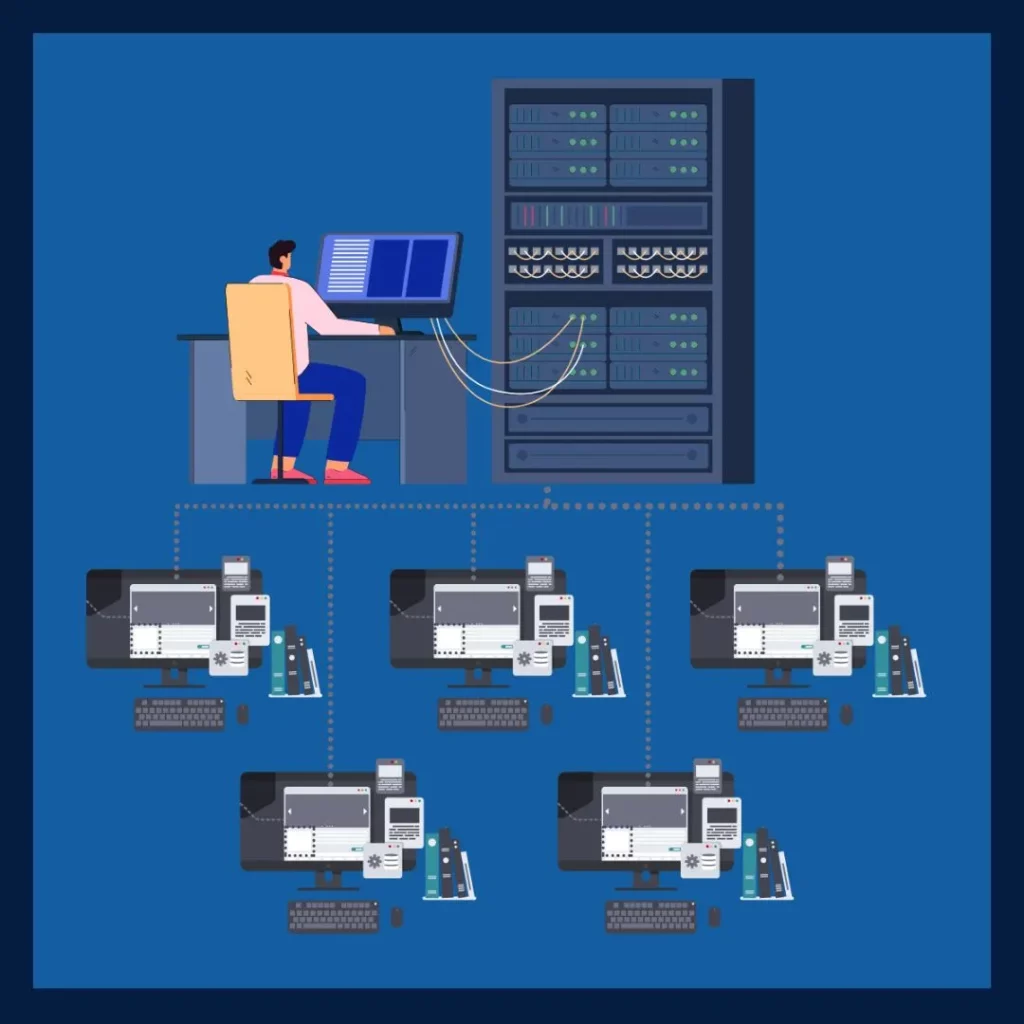
Why Choose On Premise ERP Systems?
Businesses choose on premise ERP systems for several key reasons.
- They offer a heightened level of data security to protect sensitive information.
- Customization ensures that the ERP system aligns perfectly with unique business processes.
- The compliance in regulated industries drives many organizations to opt for on-premise solutions.
- Enhanced control over the entire ERP environment
- is another compelling factor.
- Finally, the reliability associated with on premise ERP systems minimizes the risk of downtime.
- Planning Your Migration
Assessing Current Needs
Before migrating, it’s essential to assess your current business needs. What are your specific requirements, and how can on premise ERP systems address them? This step involves a comprehensive evaluation of your existing processes. It also includes identifying pain points and setting clear objectives for the migration.
Selecting the Right ERP Solution
Choose an ERP solution that aligns with your business goals. Look for software that offers scalability and a robust feature set.
- Selecting the right ERP solution includes:
- Evaluating vendors
- Considering scalability
- Assessing the level of customization
- Business needs
- User-friendliness
- Data security
- Compliance Requirements
Implementation
The successful implementation of an on premise ERP system is a critical phase. It encompasses several essential components that need careful consideration:
Data Migration
Migrating data from existing systems to on premise ERP demands meticulous planning. It’s crucial to ensure data integrity and minimize downtime during the transition. This process involves the strategic mapping of data, including the cleansing and transformation of data as needed. Rigorous testing is essential to verify that data migration occurs without loss or corruption.
Customization and Integration
Tailoring the on premise ERP system to align with your specific business processes is a key aspect. Customization may involve modifying workflows and fields, or creating custom modules. Integration with existing software and tools is equally vital to maintain a seamless workflow. A well-integrated ERP system enhances efficiency and productivity by streamlining processes.
Training and Adoption
The success of your ERP system largely depends on how well your staff can use it. Investing in comprehensive training programs is vital to ensure that your team can effectively navigate and utilize the new ERP system. Effective training is key to a smooth transition and maximizing the system’s potential. Strategies for engaging employees, creating effective training modules, and ensuring a successful adoption process should be a top priority.
Change Management
Managing change within your organization is essential for the successful adoption of the new ERP system. This involves implementing strategies to facilitate the adoption of the system and manage any resistance that may arise. Effective communication, leadership support, addressing concerns, and fostering a culture of openness and adaptability are key components of change management.
Testing
Rigorous testing is indispensable to identify and address issues within the ERP system. This includes testing for bugs and issues both before and after migration. It also encompasses the creation of test cases, performance testing, and user acceptance testing to ensure the system operates optimally.
Quality Assurance
Maintaining ongoing quality assurance processes is vital to address and resolve concerns that may arise post-migration. Quality assurance plays a pivotal role in post-migration support and continuous improvement. It involves regular monitoring, auditing, and adjustments to ensure that the ERP system continues to meet your business needs effectively.
Post-Migration Considerations
After the transition, continuous monitoring is essential to assess the ERP system’s performance. Regular evaluation identifies and addresses issues as they arise, allowing for adjustments to be made as your business evolves. Furthermore, it’s crucial to plan for scalability, as your business is likely to grow. The ERP system should be adaptable to accommodate future requirements.
Conclusion
In conclusion, migrating to on premise ERP systems offers numerous benefits. It includes enhanced control, data security, and customization. By planning the implementation phase and using best practices, businesses can ensure a seamless transition and leverage the full potential of their ERP system.

